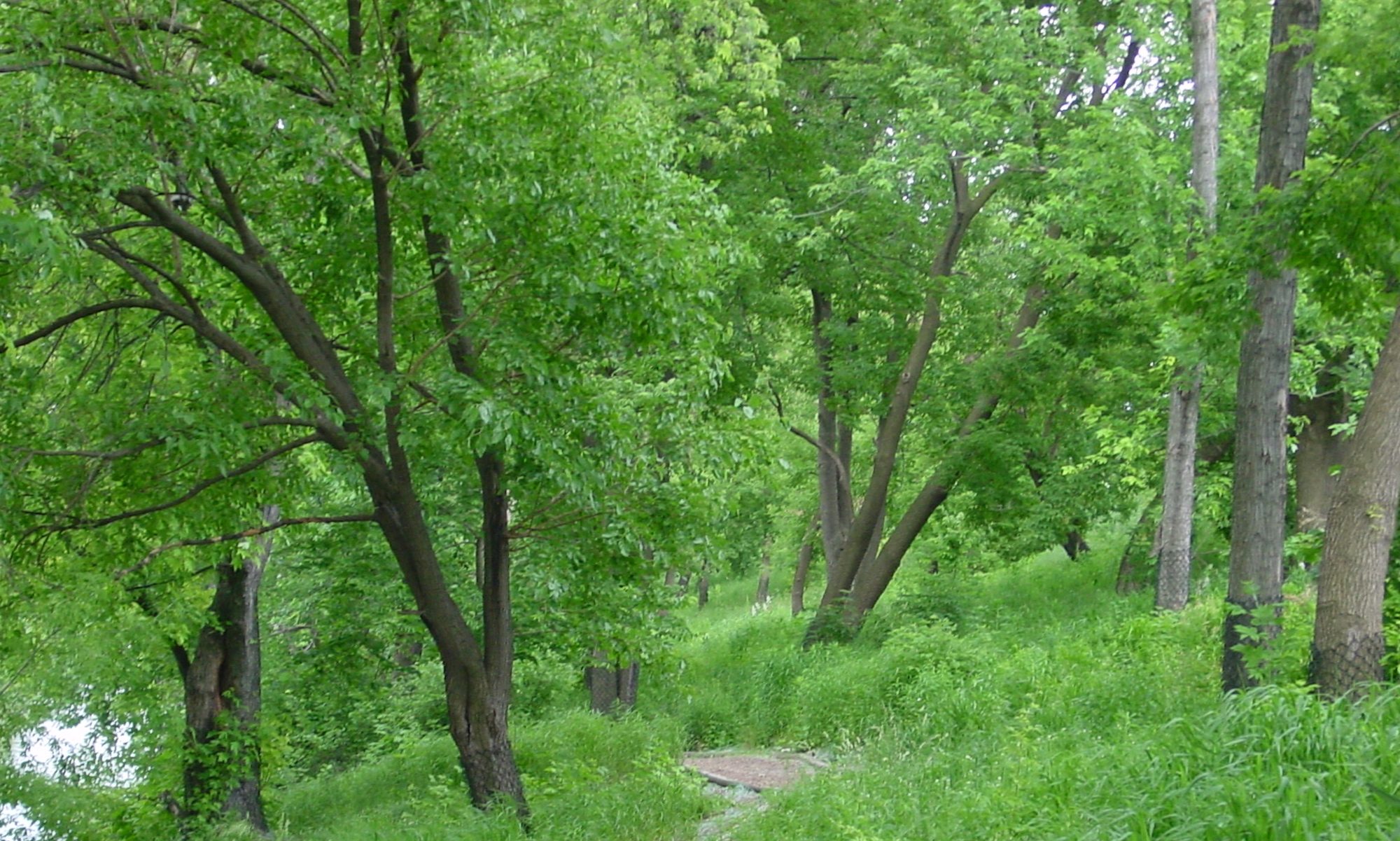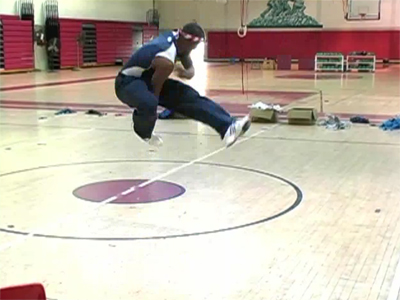the open space approach is best known for inviting meeting participants to craft their own agenda by taking personal responsiblity for issues they care about. the “world cafe” approach to “conversations that matter” is characterized by larger groups gathering in few-somes around bistro tables for several short rounds of conversation. usually there are several rounds, with table-mixing in between each, addressing a series of questions. sometimes the ever-shifting groups take successively deeper cuts on the same basic question.
last weekend we did something a bit different.
we hosted 100 scholarship finalists (high school seniors) and another 20 scholarship recipient students and alumni, in four rounds of conversations, each lasting 25-30 minutes, in a 20-table cafe. we had several purposes to accomplish. we wanted to promote the two hosting universities, give finalists a good taste of what it would be like to be part of this leadership scholars community, have conversations that mattered so that they would be genuine and useful (even to those who didn’t win the scholarships), and finally, this was still part of gathering data for evaluation and selection of scholarship winners.
the process
in the first round, we did something rather like open space. the question was, essentially, “what are the question(s)? or what should they be?” the task for each table was to generate a list of questions about leadership, community, how the world is, and how it should be. we asked, “what do young people know that nobody else seems to be noticing? what questions you are already living in, caring about and looking for ways to do something about? what questions do young people need to address on the way to leadership? what questions are you wrestling with and want to raise with your peers? what questions must young people raise in the organizations and communities you come from?” during this round, i went from table to table with a small tray, noticing progress and clearing away the last bits of box lunch trash. this round and three subsequent rounds lasted 25-30 minutes each.
in round two, each table chose one person to stay on at that table, and choose one question from their table’s list for the next round of discussion at that table. everybody else changed tables and twenty different, but important, conversations sprang up. notes were taken on flipchart paper, one sheet per table.
in round three, a new host stayed put while everyone else moved. the new host chose a new question, from the questions list at that table, from the list at their original table, or they could choose to recap and continue the previous conversation with new tablemates. again, 20 different conversations sprung up, as i pulled and posted the session two notes from each table. where a topic was continued, the group often kept their old notes for reference.
in round four, we changed hosts and tables as before, and asked one person from each new table to visit the snacks table, bringing some of everything to their tablemates. we also asked that the questions be chosen and conversations proceed with special emphasis on taking action in the next year or so, the first year of campus life.
at the end of that round, we invited everyone to turn toward the center, creating so many loosely concentric circles, sort of one big huddle. the task for the next 30-40 minutes was proposed as a whole-group conversation about “what happened here? what did you see, hear, feel, think, …notice? what did you learn? what do you want to remember or do as a result of what happened here today?”
as a finishing exercise, everyone was asked to reflect and write briefly on two questions… “what will you remember or do as a result of these conversations?” and “who were the 2 or 3 people who were most important to your experience today?” in this way, all of the scholarship finalists were included in the evaluation and selection process.
results …and replication
the individual tables buzzed through each round and i thought the plenary was remarkable for the level of ownership, engagement, and the genuine sense of community that had emerged. days later, my client confirmed a resounding success. turns out that several university and scholarship groups, and even some of the participating students, are eager to replicate what we did. the notes from each round will be shared with all participants, as fodder for reference and replication.
having a room full of “high potential” scholarship-seeking youth certainly didn’t hurt the quality of the conversation, but judging by what i’ve seen youth do in other places, this sort of competition is not the essential element for success. i’d expect any replications to meet with similar success, and the absence of the competition would allow for some tweaking of things like the evaluative writing task, which could become more of a moment of recognition, thanks and appreciation.


